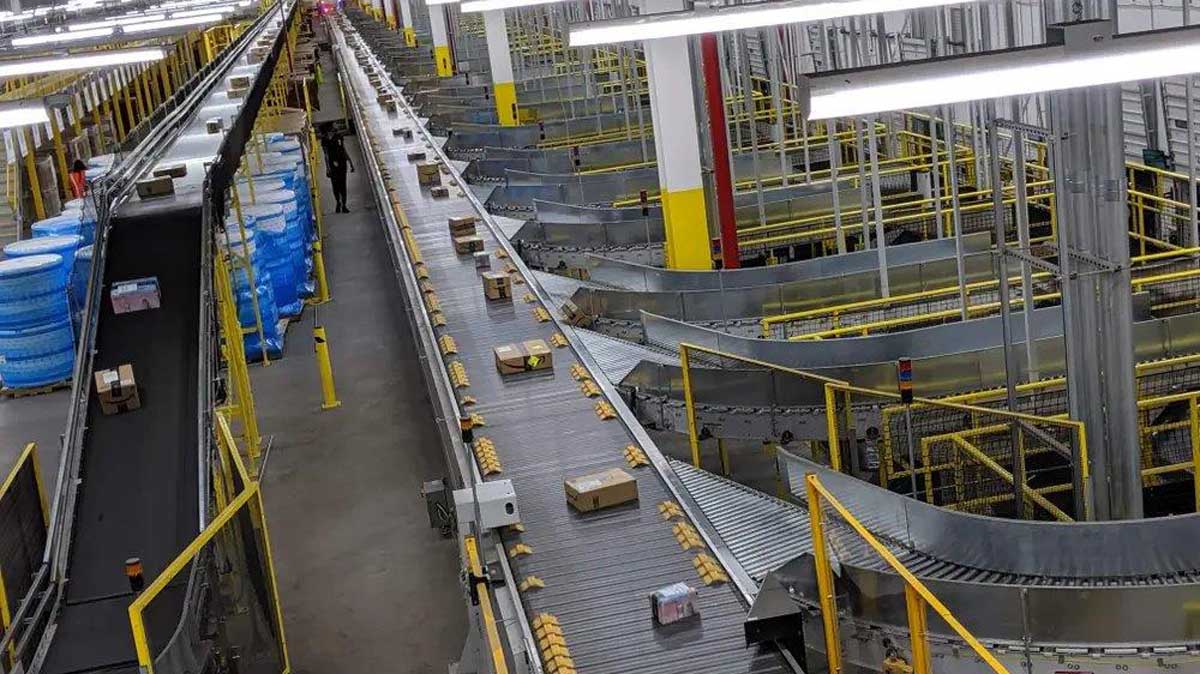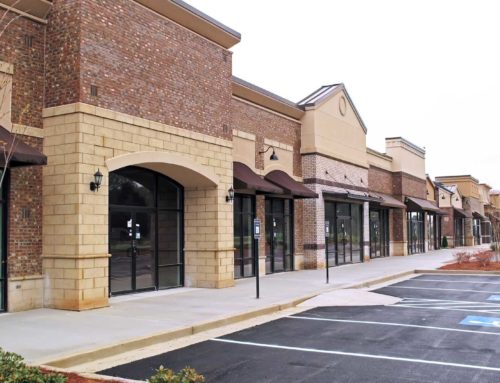With low vacancy rates, high rent prices, and increased construction and sales, it is clear to market observers that warehouses are the latest properties in high demand in the Metropolitan area. Online shopping and e-commerce have expanded exponentially over the past five years, and the COVID-19 pandemic accelerated consumers’ move away from “brick and mortar” shopping. The importance of warehouse space in major metropolitan areas has grown dramatically.
This demand has risen even more as supply-chain problems have caused companies to stock-pile inventory. Major corporations, from Amazon to Tesla, have recognized the need for large inventory and showrooms. Certain newer retail phenomena, like “same day delivery,” require well-situated warehouse distribution properties, particularly for companies that may not have a local “brick and mortar” presence in a particular area.
New York City’s population is a market comprised of one the largest number of prospective consumers and workers/employees. The area also has comprehensive infrastructure that can accommodate large warehouse activities. Various shipping options make the area a major center of commerce for both big corporations and smaller start-ups. New construction of warehouse space has been supplemented by the transformation of certain obsolete uses no longer in demand. A perfect example of a use conversion was recently completed in Carle Place, Long Island, where a former Waldbaum’s supermarket closed and was converted to an Amazon distribution facility. There is plenty of parking for delivery trucks and it has an open design, making this an ideal and cost-effective warehouse conversion.
Based on increased demand and many of the aforementioned factors, it stands to reason that the demand of warehouse properties will continue to grow, resulting in higher rents for existing facilities and appreciating sales values.
As rents and sales prices continue to go up, owners should be prepared for potential property tax increases. Appraisers and municipal assessors keep current with the market’s income and expense parameters in order to calculate a net operating income and ultimately, a value for taxation purposes. Warehouses are valued based on a market-driven rental value and most assessors use a broad-based approach, selecting the highest market rents for warehouse space and applying those rents to derive a theoretical rent for owner-occupied warehouses and those with older leases. Rising rents can lead assessors to overstate property values and the only option to remedy disproportionately higher taxes is a tax appeal.
It is important, therefore, for warehouse owners and renters to ensure that local taxing authorities are using proper parameters when applying market rents based on the age, condition, and design of their building, as well as the building’s location, utility, and truck access. A rising tide may not float all boats equally and an experienced real estate tax attorney knows how to effectively present and argue for lower taxes. A free consultation with Schroder & Strom, LLP can help you better understand whether a municipality is over-assessing your warehouse property.






